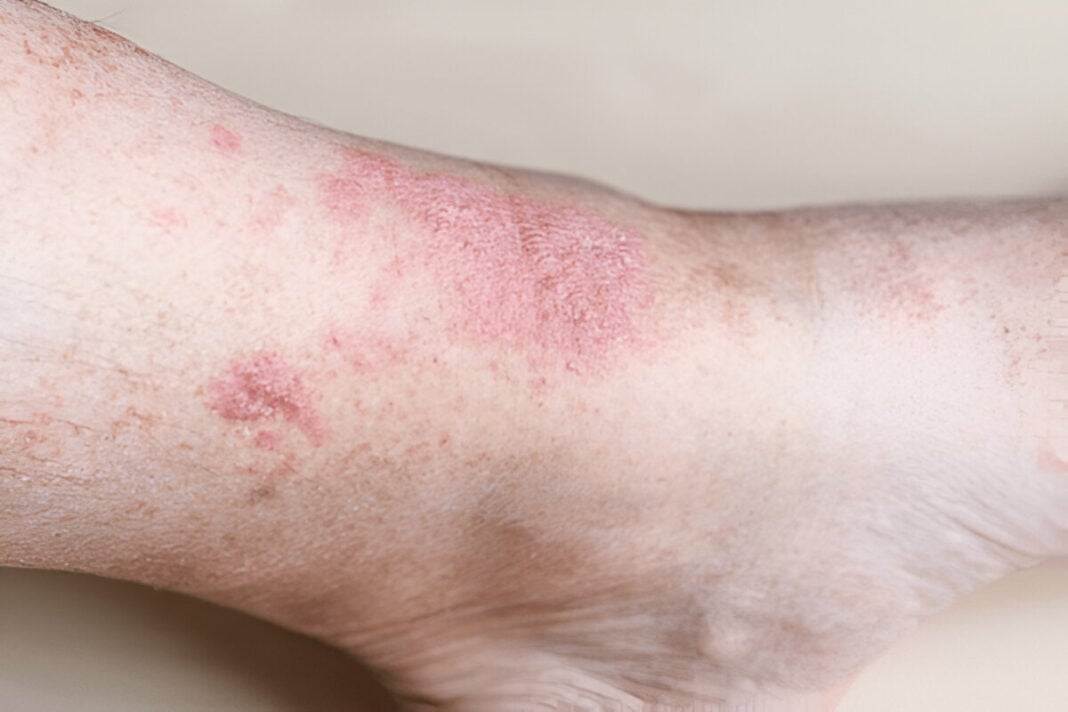Contact dermatitis is a common skin condition characterized by inflammation caused when the skin comes into direct contact with irritants or allergens. It often presents as redness, itching, swelling, and sometimes blistering or scaling. While many are familiar with traditional triggers like nickel, fragrances, and certain soaps, new allergens are continuously emerging, making prevention and management increasingly challenging.
Understanding these emerging allergens and learning how to avoid them is key to minimizing flare-ups and maintaining healthy skin.
What Is Contact Dermatitis?
Contact dermatitis comes in two main forms: irritant and allergic. Irritant contact dermatitis results from direct damage to the skin by substances like harsh detergents, acids, or solvents. Allergic contact dermatitis (ACD), on the other hand, is an immune response triggered when the skin reacts to a specific allergen. The reaction usually occurs hours to days after exposure and can persist long after the allergen is removed (Kimber & Basketter, 2014).
Emerging Allergens in Contact Dermatitis
The landscape of allergens is constantly evolving due to changes in consumer habits, environmental factors, and industrial processes. Here are some of the newer and increasingly common allergens causing concern:
1. Preservatives in Skincare and Cosmetics
Preservatives like methylisothiazolinone (MI) and methylchloroisothiazolinone (MCI) have been widely used to prevent microbial growth in cosmetics and personal care products. However, they have become leading causes of allergic contact dermatitis globally (Warshaw et al., 2019). Many products labeled “natural” or “organic” still contain these preservatives, which can catch consumers off guard.
2. Fragrance Mixes
Fragrance allergy remains one of the most frequent causes of ACD. New fragrance compounds continually enter the market, often as proprietary blends, making it difficult for consumers and even clinicians to identify specific triggers (Uter et al., 2021). Products claiming to be fragrance-free can sometimes contain masking fragrances, leading to unexpected reactions.
3. Nickel in Unexpected Sources
Nickel allergy is well-known, but exposure sources are expanding. Aside from jewelry and belt buckles, nickel can be found in clothing fasteners, smartphone cases, and even some food packaging. The rise of wearable technology has introduced new nickel exposure risks, especially with prolonged skin contact (Thyssen et al., 2015).
4. Textile Dyes and Chemicals
Synthetic dyes used in clothing can cause allergic reactions, particularly azo dyes and disperse dyes. Fast fashion trends contribute to increased exposure as inexpensive garments often contain unregulated dyes. Laundry detergents with residual chemicals may also exacerbate symptoms (Czarnobilska et al., 2020).
5. Emerging Metal Allergens
Beyond nickel, other metals like cobalt and chromium are gaining recognition as contact allergens. These metals are found in leather goods, metal tools, and construction materials, placing certain occupational groups at higher risk (Kiec-Swierczynska et al., 2020).
How to Avoid Emerging Allergens
Preventing allergic contact dermatitis requires awareness and practical strategies, especially as allergens evolve.
1. Read Product Labels Carefully
Always check ingredient lists on skincare, cosmetics, and household products. Look out for common preservatives like MI and MCI and opt for products labeled free of these when possible. Beware of vague terms like “fragrance” or “parfum” as they may mask multiple allergens.
2. Choose Hypoallergenic and Fragrance-Free Products
Opt for truly fragrance-free and hypoallergenic formulations. While these terms aren’t strictly regulated, brands with a transparent ingredient list and good reviews can be safer choices.
3. Patch Testing for Persistent Cases
If you suspect an allergy but cannot identify the trigger, consult a dermatologist for patch testing. This diagnostic tool helps identify specific allergens and guides targeted avoidance.
4. Minimize Contact with Potential Sources
Be cautious with jewelry, clothing, and accessories. For example, switching to plastic or hypoallergenic metal jewelry can reduce nickel exposure. Wash new clothes before wearing to remove residual dyes and chemicals.
5. Use Protective Barriers in Occupational Settings
For individuals in jobs involving frequent exposure to chemicals or metals, wearing gloves, barrier creams, or protective clothing is crucial. Employers should provide appropriate safety measures and training.
6. Maintain Healthy Skin Barrier
A healthy skin barrier is more resilient to irritants and allergens. Regular moisturizing with ceramide-rich creams and avoiding harsh soaps can help reduce the risk of dermatitis.
Research into contact dermatitis continues to evolve, focusing on identifying new allergens and safer product formulations. The increasing prevalence of patch testing and allergen surveillance helps track trends, while consumer demand for transparency is pushing brands to formulate cleaner products.
Environmental changes and globalization mean exposure sources will continue to shift. Staying informed and proactive is essential for both patients and healthcare providers.
References
- Czarnobilska, E., Kaszuba, A., & Chodorowska, G. (2020). Contact allergy to textile dyes. Postepy Dermatologii i Alergologii, 37(5), 711–715. https://doi.org/10.5114/ada.2020.94306
- Kiec-Swierczynska, M., Wesolowski, R., & Cierpialkowska, L. (2020). Contact allergy to metals in occupational dermatitis: A review. International Journal of Occupational Medicine and Environmental Health, 33(2), 153–164. https://doi.org/10.13075/ijomeh.1896.01536
- Kimber, I., & Basketter, D. A. (2014). Allergic contact dermatitis. Clinical and Experimental Allergy, 44(1), 30–36. https://doi.org/10.1111/cea.12222
- Thyssen, J. P., Menné, T., & Johansen, J. D. (2015). Nickel allergy and sensitization. Current Opinion in Allergy and Clinical Immunology, 15(4), 276–282. https://doi.org/10.1097/ACI.0000000000000179
- Uter, W., Geier, J., & Lessmann, H. (2021). Contact allergy to fragrances: A review of epidemiology and clinical features. Contact Dermatitis, 84(1), 3–13. https://doi.org/10.1111/cod.13689
- Warshaw, E. M., Schram, S. E., & Belsito, D. V. (2019). Methylisothiazolinone contact allergy: Prevalence and relevance in North America. Dermatitis, 30(6), 429–437. https://doi.org/10.1097/DER.0000000000000507











